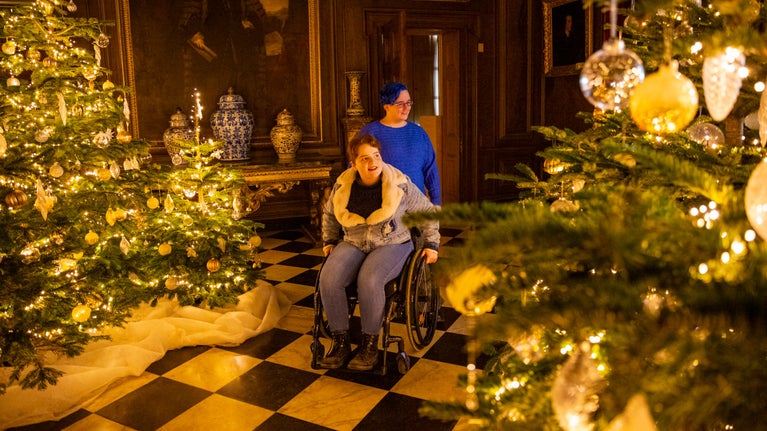
Where will you visit next?
Discover lots of gardens, historic houses, days out at the coast and more.
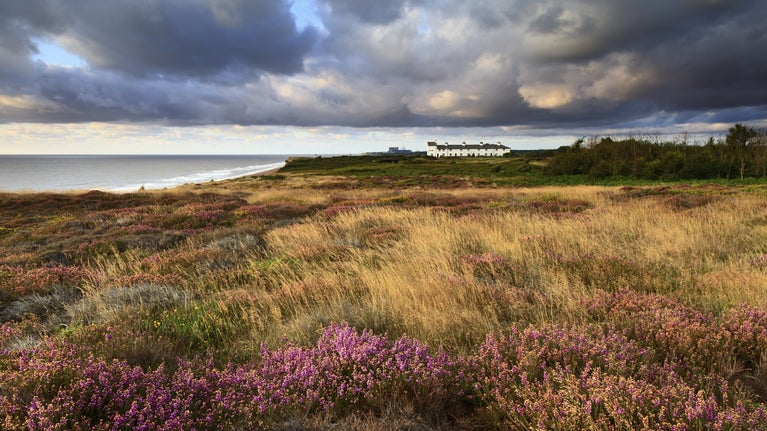
Many places in our care played an important role during the First and Second World Wars. Discover landscapes with a story to tell and visit places where history has been preserved, including weapons testing sites, secret military bases and D-Day training areas.



Discover lots of gardens, historic houses, days out at the coast and more.
Discover the places we look after that have links to the Tudor period, from Henry VII through to Elizabeth I. These historic houses have received royal visitors, hidden Catholic priests and witnessed important events.
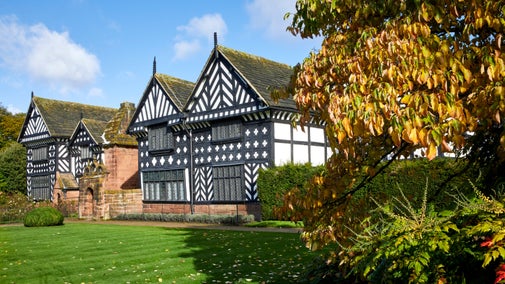
Visit some of the places we look after that have inspired famous writers, playwrights and poets, including the homes of Beatrix Potter, Virginia Woolf and Thomas Hardy.
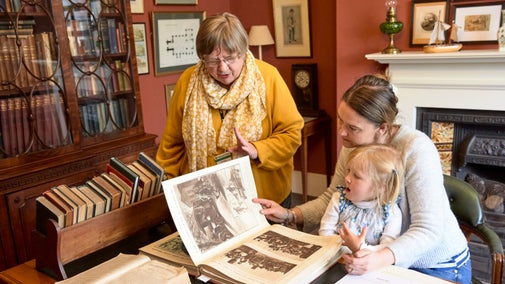
Bring history to life and discover some of the best royal connections to the places we look after, from a warrior king and ghost queen to traitors of the crown.

Walk in the footsteps of famous faces. From The Beatles and Sir Winston Churchill, to Agatha Christie and Isaac Newton, step into their former homes and learn more about their lives.
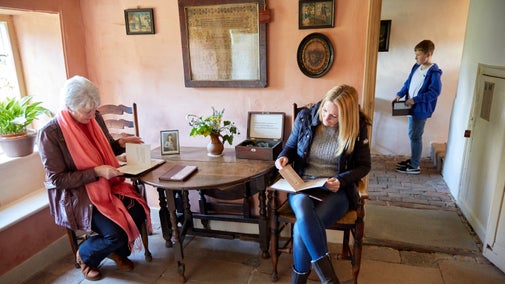
In March 1939, a group of Jewish child refugees arrived in Waddesdon village after escaping Nazi Germany. Join presenter Diane Kenwood as she uncovers the Cedar Children's story of survival and hope. You can also find more episodes from series seven, filled with nature and history.
